Certainly, let’s delve into more details on integration challenges, flaws, benefits, and potential solutions:
Integration Challenges
- Diverse Technologies
Flaw: Different systems using varied technologies might have compatibility issues.
Solution: Implementing middleware or API gateways that can translate and mediate between different protocols. - Data Format and Structure
Flaw: Incompatible data formats hinder smooth data exchange.
Solution: Use data transformation tools to convert data into a common format, and establish data mapping protocols. - Lack of Standards
Flaw: The absence of standards complicates integration efforts.
Solution: Encourage industry-wide standards or adhere to widely accepted protocols and frameworks. - Legacy Systems
Flaw: Older systems may lack support for modern integration methods.
Solution: Gradual modernization or use of middleware to bridge the gap between legacy and modern systems. - Security Concerns
Flaw: Integrating systems can expose vulnerabilities and data security risks.
Solution: Implement robust encryption, secure APIs, and ensure compliance with data protection regulations. - Scalability
Flaw: Inflexible systems may struggle to scale with growing business needs.
Solution: Choose scalable solutions, microservices architecture, and cloud-based technologies to accommodate growth. - Real-time Integration
Flaw: Achieving real-time integration without performance issues can be complex.
Solution: Use message queues, event-driven architectures, and efficient caching mechanisms for real-time data synchronization.

Integration Flaws
- Over-Reliance on Vendors
Flaw: Excessive dependence on a specific vendor’s solutions can lead to vendor lock-in.
Solution: Adopt open standards, APIs, and platforms that allow flexibility in choosing and changing vendors. - Insufficient Testing
Flaw: Inadequate testing may result in undetected issues post-implementation.
Solution: Implement comprehensive testing strategies, including unit tests, integration tests, and user acceptance testing. - Ineffective Change Management
Flaw: Poorly managed changes can lead to resistance and disruptions.
Solution: Involve stakeholders, communicate changes effectively, and provide training to ensure a smooth transition.

Integration Benefits
- Improved Efficiency:
Integration streamlines processes, reducing manual efforts and improving overall efficiency. - Enhanced Data Accuracy:
Integrating systems ensures consistent and accurate data across the organization. - Better Decision-Making:
Integrated systems provide a holistic view of data, aiding in informed decision-making. - Customer Satisfaction:
Seamless integration can lead to better customer experiences and satisfaction. - Cost Savings:
Efficient integration can lead to cost savings by eliminating redundant processes and optimizing resource utilization. - Competitive Advantage:
Organizations with well-integrated systems can respond more quickly to market changes, gaining a competitive edge.

Integration Solutions
APIs and Microservices:
Implementing APIs and microservices architecture promotes flexibility and scalability.Middleware:
Middleware solutions act as intermediaries, facilitating communication between disparate systems.Data Integration Platforms:
Use specialized tools and platforms for data integration, providing features like ETL (Extract, Transform, Load) processes.Standardization:
Encourage the adoption of industry standards to simplify integration efforts.Security Measures:
Implement robust security protocols, including encryption, authentication, and authorization mechanisms.Continuous Monitoring and Improvement:
Regularly monitor integrated systems and continuously improve processes based on feedback and changing business needs.Training and Change Management:
Invest in training programs to ensure that users are well-equipped to adapt to changes introduced by integration initiatives.Collaboration:
Foster collaboration between different teams involved in integration to ensure effective communication and shared goals.
Addressing integration challenges involves a holistic approach, combining technical solutions with organizational strategies and a commitment to ongoing improvement. Successful integration requires careful planning, a focus on business objectives, and a willingness to adapt to evolving technologies and business requirements.
If you need any further details contact us
